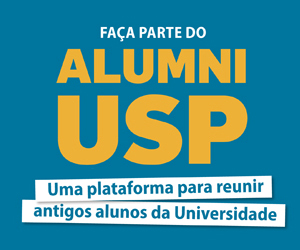Seminário do INCT/NAP/GFCx
BIO-INSPIRED AUTO-ASSEMBLED SYSTEMS: TOWARDS MODEL SYSTEMS FOR SYNTHETIC BIOLOGY
Laurence Navailles (Centre de Recherche Paul-Pascal, CNRS, France).
Dia: 17/12/2018, segunda-feira, àsa 15h.
Local: Auditório Adma Jafet
Abstract:
Cell fusion is a phenomenon leading to the pooling of the genetic material of mother cells. This particularly important phenomenon in synthetic biology can be caused by cell-cell interactions, adding calcium or PEG but in a way that is still poorly understood and whose effectiveness needs to be improved. We propose a strategy that relies on the use of weak interactions ( stacks and hydrogen bonds) through bio-inspired molecules inserted into the cell membrane. These markers are amphiphilic molecules of the nucleotide lipid type. They make it possible to control the nature and specificity of the interactions involved. Nucleolipids are molecules whose bio-inspired structure derives from that of nucleic acids. These amphiphilic molecules are capable of forming Watson-Crick specific interactions and their self-assembly in aqueous medium results in the formation of supramolecular objects of very diverse morphologies and structures. In a first step, we will introduce !
the field of synthetic biology and we will discuss the role of the chemical nature of these bio-inspired Nucleolipids on the thermodynamic and structural properties of self-assembled systems. A multi-scale approach (spectroscopies, X-ray and light scattering, microscopy and micro-calorimetry) will allow us to show that contrary to classical systems, the electrostatic interaction is unfavorable here and the association is based only on weak and specific intramolecular interactions in between polar heads. In a second step, we will discuss the role of these molecules on the main steps (approach, attachment, fusion and transfer) that can lead to the pooling of the material of two model vesicles during a membrane fusion event and we will try to identify the physicochemical parameters that can optimize the frequency of membrane fusion events.













